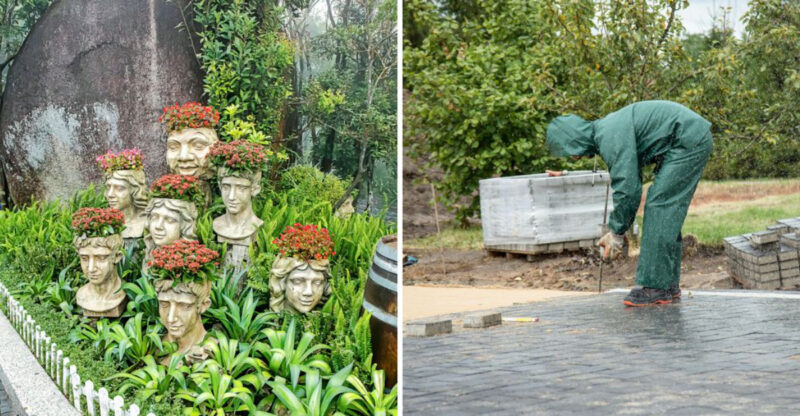The Hidden Meaning Behind These 14 Outdoor Decorations
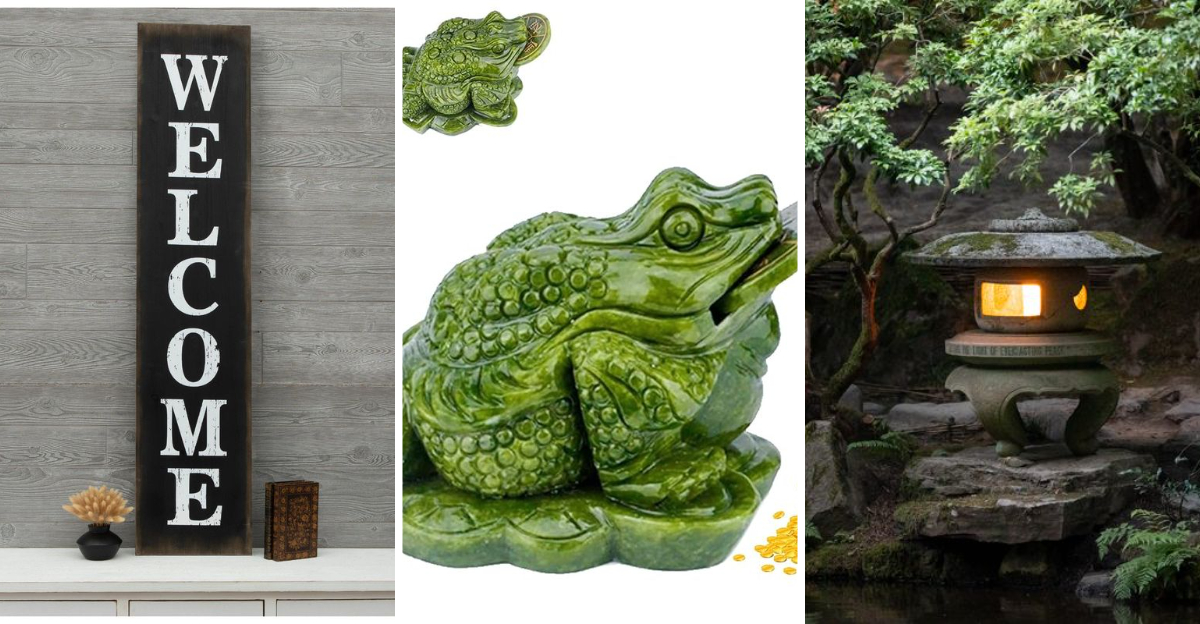
Ever strolled past a neighbor’s yard and wondered why there’s a gnome grinning from the flower bed or wind chimes dancing in the breeze?
Turns out, those quirky garden decorations often carry surprising meanings rooted in centuries of tradition and symbolism. Far from being just playful accents, many outdoor ornaments tell stories some protective, some whimsical, and others deeply cultural.
Let’s uncover the fascinating tales behind the everyday yard decor you might’ve overlooked on your own street.
1. Gnome statues – Guardians of good luck and protection
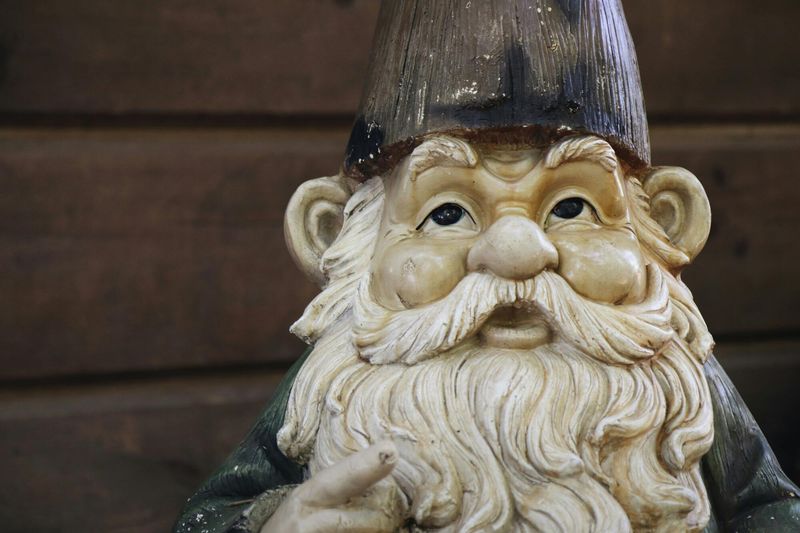
These bearded little fellows aren’t just cute garden accessories! Gnome statues originated in 19th century Germany where farmers believed these mystical earth-dwellers protected crops and brought good fortune to their land.
I’ve noticed that placing a gnome near your home’s entrance is thought to ward off evil spirits and thieves. Many gardeners swear their plants grow better under a gnome’s watchful eye.
Some families even name their gnomes and include them in holiday decorations. The tradition of traveling gnomes – where people photograph garden gnomes on vacations – shows how these charming protectors have evolved from serious symbols to beloved companions with personalities of their own.
2. Pink flamingos – Playful rebellion and retro charm
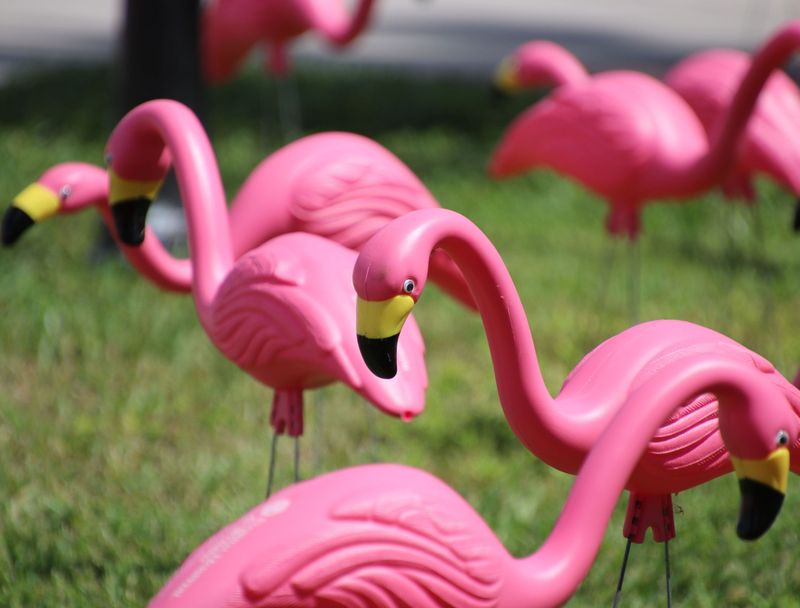
Who would’ve thought a plastic pink bird could become such a powerful statement? The iconic pink flamingo lawn ornament burst onto suburban landscapes in 1957, created by artist Don Featherstone, quickly becoming the ultimate symbol of kitsch Americana.
When I spot these vibrant birds standing tall on someone’s lawn, I immediately sense a homeowner with a playful spirit and willingness to embrace the unconventional. During the 1960s and 70s, flamingos actually represented a subtle rebellion against rigid neighborhood conformity.
Today, these retro birds signal a nostalgic appreciation for mid-century design and a refusal to take home decor too seriously. Some communities even celebrate “Flamingo Friday” where neighbors temporarily “flock” each other’s yards as a friendly gesture!
3. Wind chimes – Inviting peace, balance, and warding off negativity
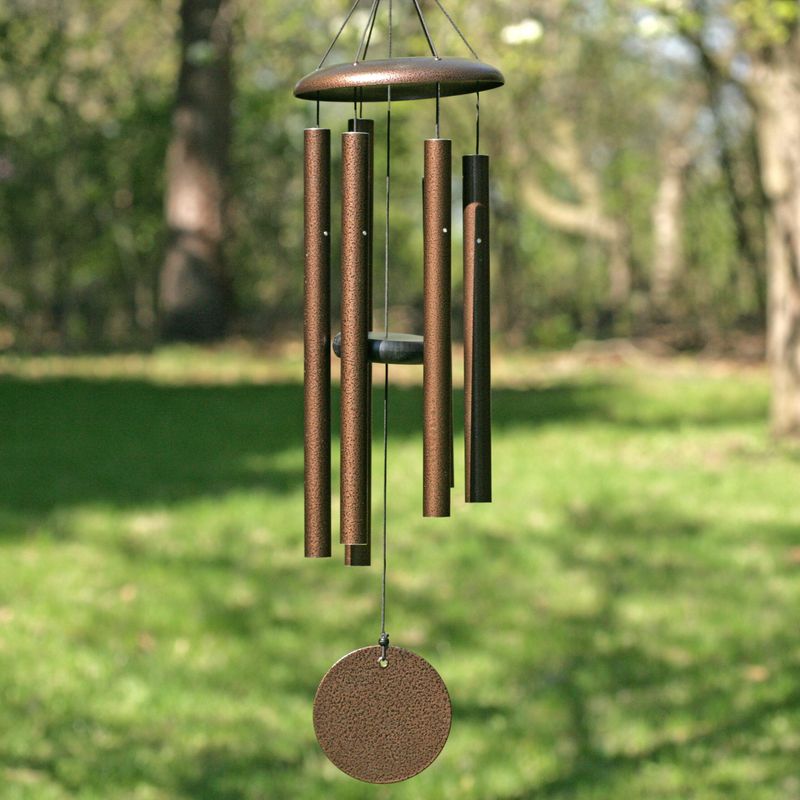
The gentle music of wind chimes does far more than create a pleasant soundtrack for your porch sitting. Ancient cultures believed these melodic instruments could attract positive energy while scaring away evil spirits with their unexpected sounds.
Feng shui practitioners recommend hanging wind chimes in specific areas to balance energy flow. Metal chimes with five rods represent the five elements, while bamboo chimes connect us to nature’s harmony.
If you’ve noticed chimes hanging near doorways, that’s no accident! This strategic placement creates a barrier that negative energy cannot cross. The next time you hear that familiar tinkling sound, remember you’re experiencing an age-old protective ritual disguised as simple decoration.
4. American flag – Patriotism and national pride
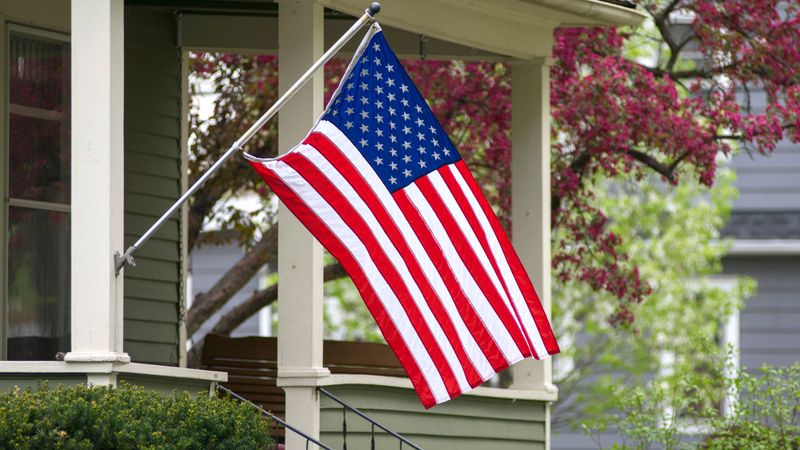
Flying proudly from porches across the nation, the American flag represents much more than just national identity. Each element carries specific meaning – the stars symbolize the union of states, while the stripes represent the original thirteen colonies.
Did you know proper flag etiquette includes illuminating Old Glory if displayed after sunset? Many homeowners display flags year-round, while others reserve this powerful symbol for national holidays like Independence Day and Memorial Day.
For military families, a displayed flag often signals a personal connection to service. The tradition of folding flags into triangles honors fallen soldiers, with each of the 13 folds representing different values including life, country, and remembrance of those who’ve served.
5. Horseshoes on fences – Traditional symbol of good fortune
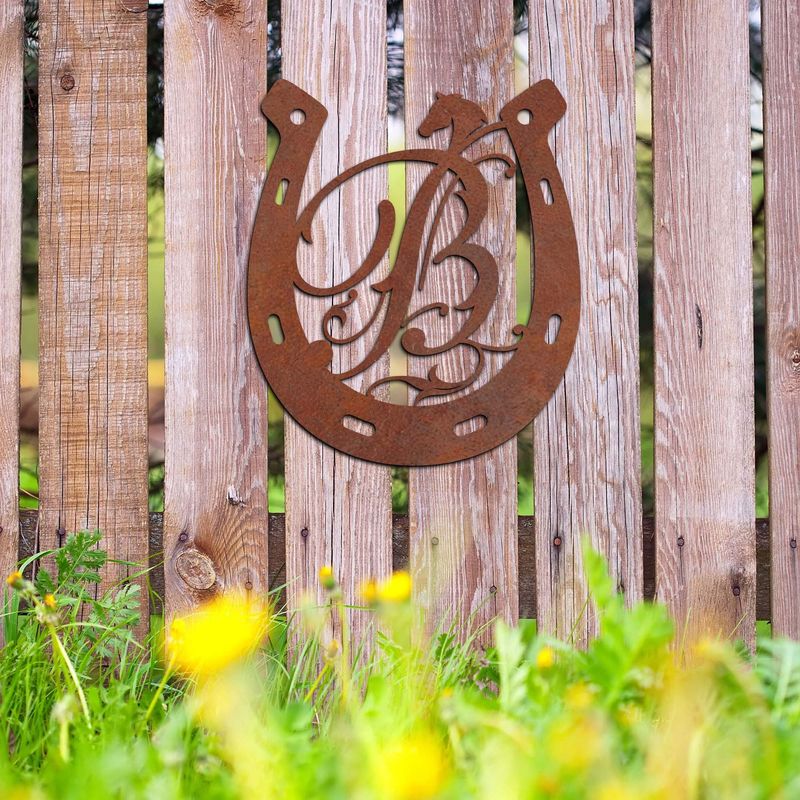
That rustic horseshoe hanging on your neighbor’s barn isn’t just country decor – it’s actually an ancient lucky charm! Blacksmiths were once considered magical because they worked with fire and iron, making horseshoes powerful protective symbols.
The debate about proper horseshoe hanging direction continues to this day. I’ve heard some folks insist points-up resembles a cup that collects good luck, while others argue points-down allows luck to flow down upon those who pass beneath it.
Horseshoes traditionally contain seven nail holes, considered a mystical number. Found throughout rural America and European homesteads, these iron talismans protected livestock and family from misfortune. Next time you spot one, consider whether it’s placed for decoration or protection – or perhaps both!
6. Garden angels – Spiritual presence and remembrance
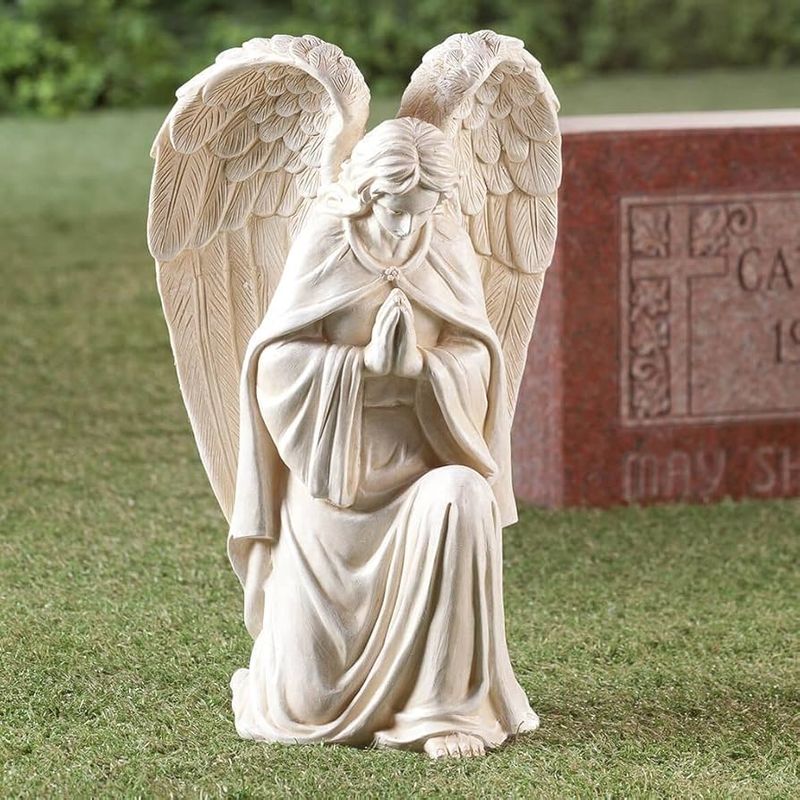
Those serene stone figures watching over gardens serve as more than decorative elements. Garden angels create sacred space, transforming ordinary yards into places of contemplation and spiritual connection.
Many families place angels as memorial tributes, keeping departed loved ones present in daily life. The positioning matters too – angels near entrances serve as guardians, while those among flowers become companions to natural beauty.
Angel figures date back to ancient civilizations that believed in protective spirits. Victorian gardens popularized these winged guardians, and today they continue providing comfort during difficult times. When someone chooses an angel with specific gestures – praying, blessing, or carrying flowers – they’re often expressing personal spiritual beliefs through these silent sentinels.
7. Metal suns and moons – Cosmic balance and harmony
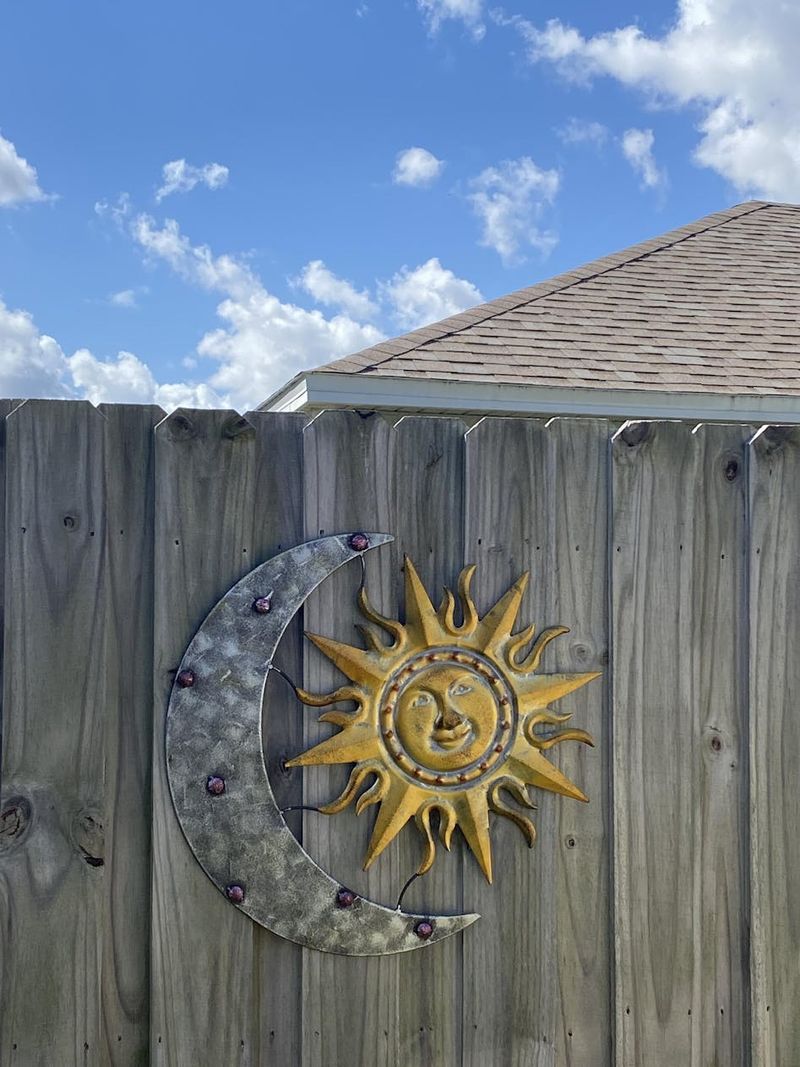
Gleaming metal celestial designs adorning exterior walls aren’t merely decorative choices. These cosmic symbols represent the eternal dance between masculine and feminine energies – the sun bringing warmth and action, the moon offering reflection and intuition.
Ancient civilizations worshipped these heavenly bodies as deities controlling time, seasons, and human destiny. When I notice homes displaying both sun and moon imagery together, it often signals the occupants’ desire for balanced living and appreciation for natural cycles.
Southwestern and Mexican cultural influences popularized these metal art pieces in modern landscaping. The radiant faces frequently crafted onto these pieces personify the sun and moon as conscious beings watching over us. Their weathered patinas developing over years symbolize how we too change while remaining essentially ourselves.
8. Birdhouses – Welcoming hospitality and love of nature
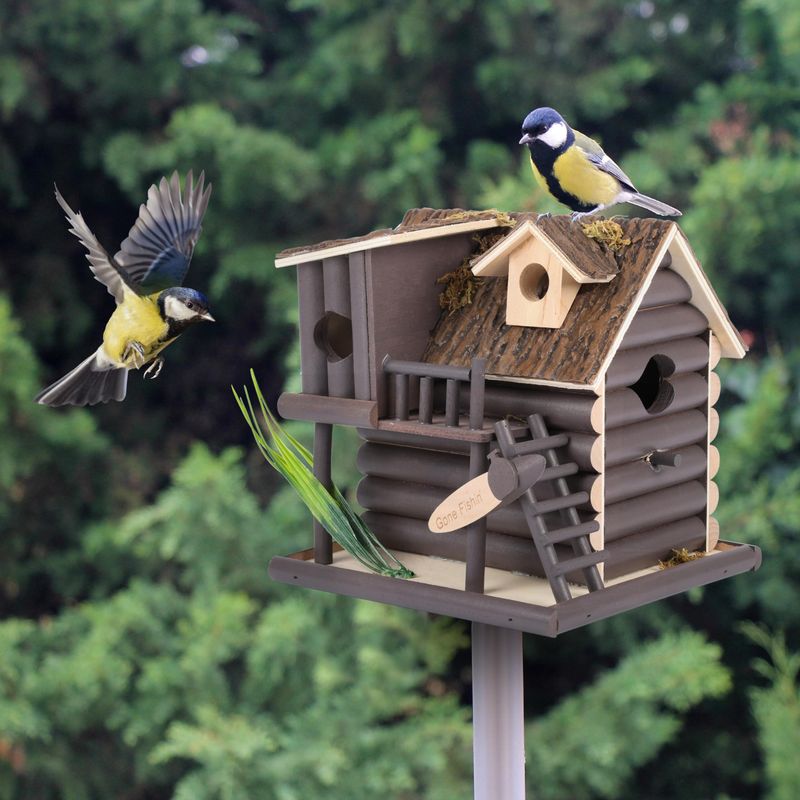
That charming little structure hanging from your neighbor’s oak tree speaks volumes about their values. Birdhouses demonstrate a commitment to supporting local wildlife and creating harmony between human and natural worlds.
Historical records show Native Americans created the first birdhouses using hollowed gourds to attract insect-eating purple martins. European settlers continued this tradition, believing birds brought good fortune to their homesteads.
Beyond practical benefits, birdhouses symbolize nurturing and protection. Families often build or select houses that reflect their personal style – from whimsical cottages to sleek modern designs. When someone maintains multiple birdhouses, they’re creating a wildlife sanctuary that reveals their patient, caring nature and desire to share their space with creatures that might otherwise struggle in urban environments.
9. Wishing wells – Hope, wishes, and dreams
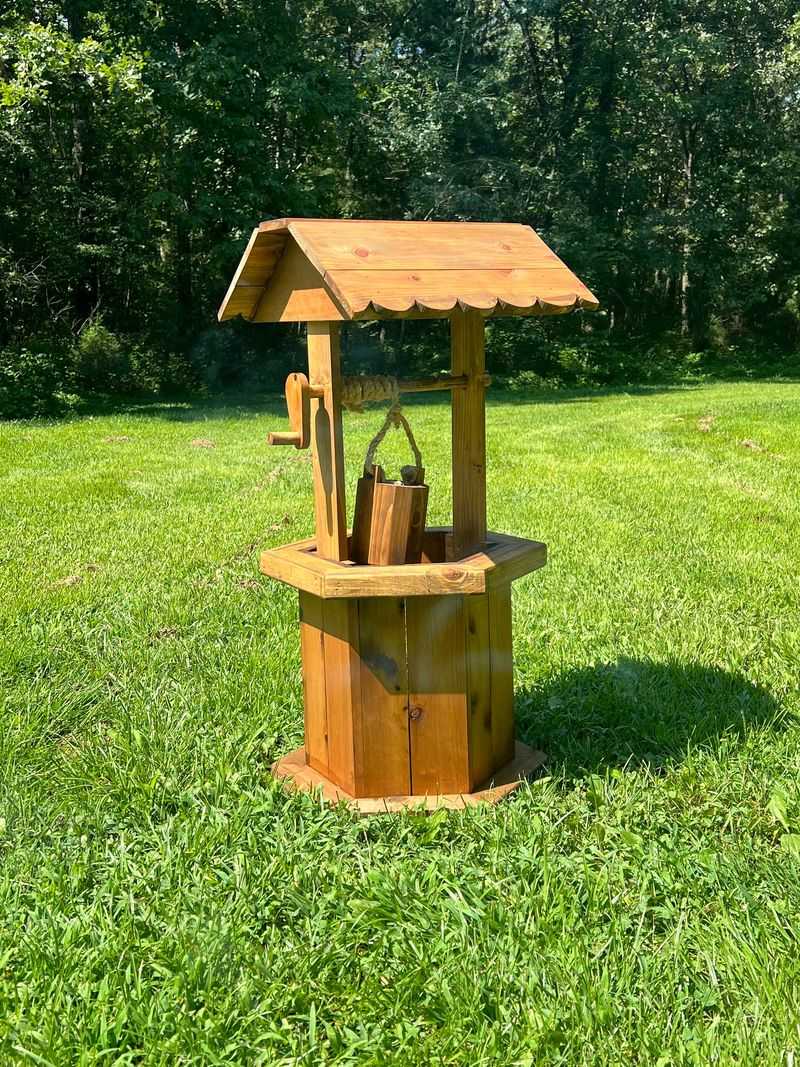
Those miniature wells dotting suburban landscapes connect us to ancient water worship traditions. Water sources were once considered magical portals where humans could communicate with deities by dropping coins as offerings.
Modern decorative wishing wells maintain this spiritual connection while adding storybook charm to gardens. Though rarely functional, these structures remind us of times when clean water access required community effort and cooperation.
If you’ve ever tossed a penny into a fountain or well, you’ve participated in a ritual dating back thousands of years! The act represents surrendering our desires to forces beyond our control. Homeowners who install wishing wells often value tradition, storytelling, and maintaining childlike wonder – creating spaces where imagination flourishes and everyday magic seems possible.
10. Butterfly motifs – Transformation and renewal
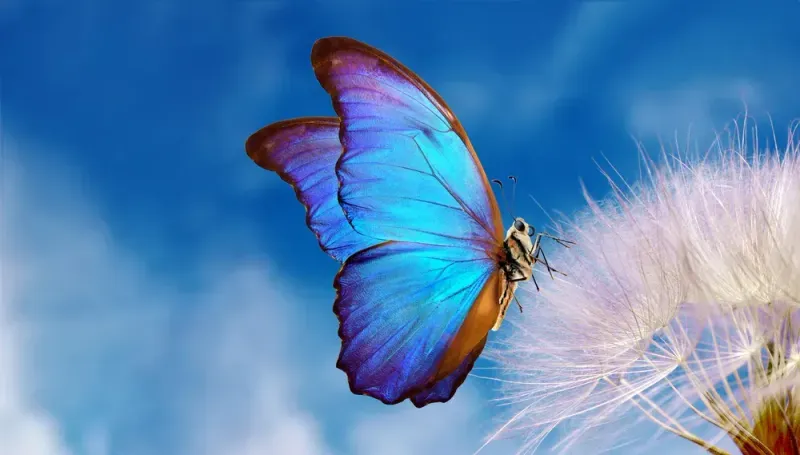
Butterfly decorations fluttering across garden stakes, wind spinners, and wall art represent far more than pretty insects. These delicate creatures symbolize profound transformation – their metamorphosis from caterpillar to winged beauty inspires anyone navigating life changes.
Many cultures associate butterflies with departed souls. Ancient Greeks believed butterflies carried spirits of the dead, while Mexican tradition sees returning monarch butterflies as visiting ancestors during Day of the Dead celebrations.
Homeowners choosing butterfly motifs often connect with themes of rebirth and resilience. The butterfly’s brief but beautiful life reminds us to appreciate each moment. Gardens specifically designed to attract real butterflies demonstrate environmental awareness and create sanctuaries for these increasingly threatened pollinators – making butterfly decorations both symbolically and ecologically meaningful.
11. Welcome signs – Warmth and inclusiveness
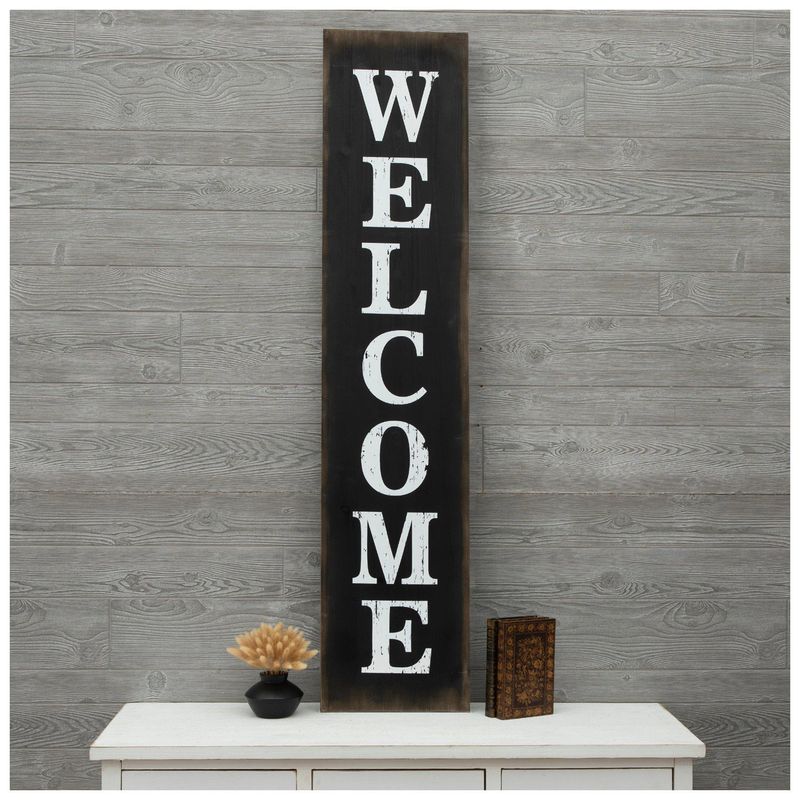
That simple word greeting visitors at the threshold reveals volumes about the dwellers inside. Welcome signs evolved from ancient traditions where hospitality wasn’t just polite – it was sacred duty, as strangers could be disguised gods testing human kindness.
Personalized welcome signs featuring family names establish identity and territorial boundaries while simultaneously extending invitation. The style choices from rustic wood to elegant script communicate the homeowner’s aesthetic values and set expectations for what awaits inside.
Hand-crafted signs often represent creative self-expression and rejection of mass-produced culture. Seasonal welcome sign changes demonstrate attention to detail and celebration of time’s passage. Whether elaborate or simple, these threshold markers serve as the first handshake between a home’s inhabitants and the outside world.
12. Lanterns – Light, guidance, and celebration
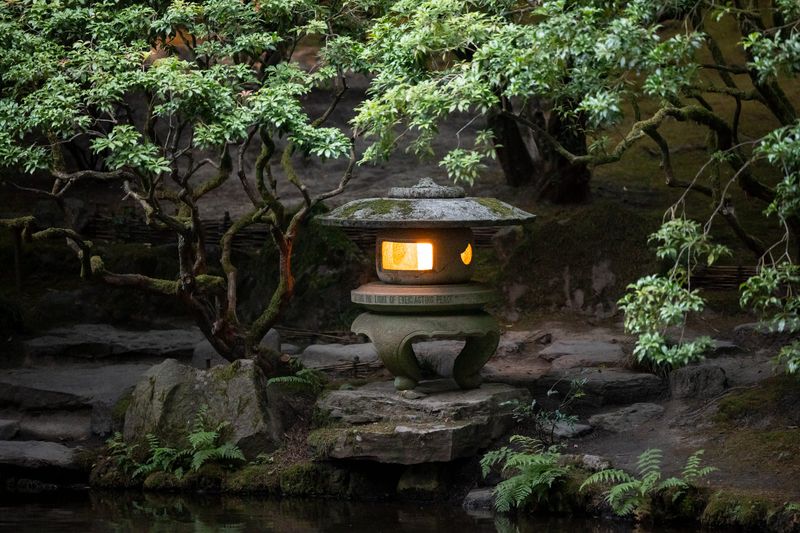
Those glowing fixtures lining walkways and porches connect us to humanity’s eternal relationship with light. Lanterns originated as practical necessities for nighttime navigation but evolved into powerful symbols of guidance through darkness – both literal and metaphorical.
Chinese paper lanterns celebrate new beginnings during festivals, while Moroccan metal lanterns cast intricate shadow patterns symbolizing the complexity of spiritual enlightenment. Colonial-style lanterns evoke historical continuity and traditional values.
If you’ve noticed more solar-powered lanterns appearing in gardens, they represent modern environmental consciousness merged with ancient symbolism. Lighting pathways for guests demonstrates care for their safety and comfort. During holidays, special lanterns mark celebrations and create magical atmospheres that transform ordinary spaces into memory-making settings.
13. Frog figurines – Fertility, healing, and prosperity
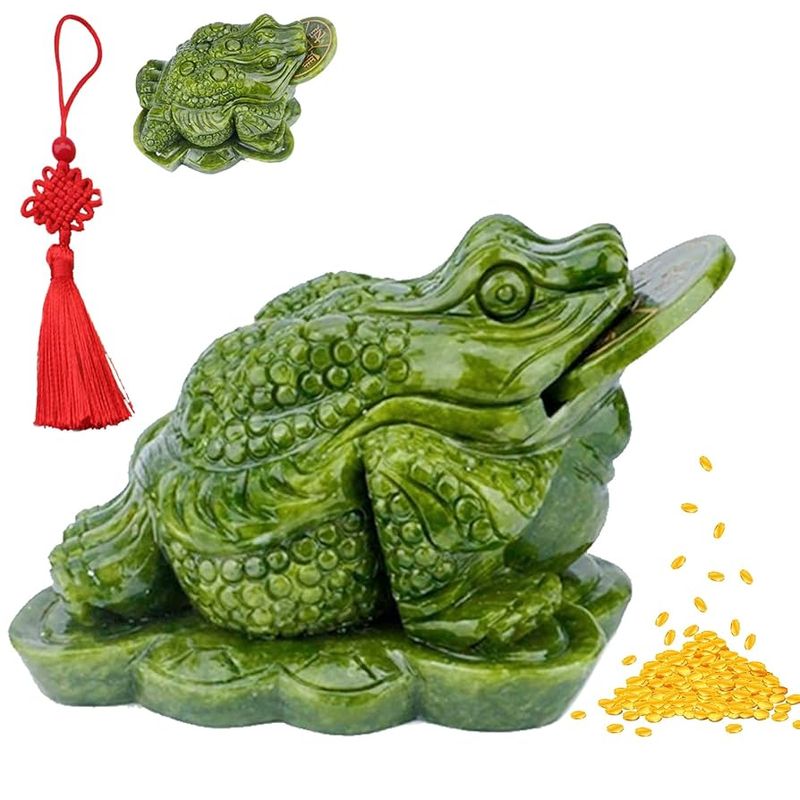
Those cheerful amphibians lounging beside garden ponds carry symbolic weight dating back thousands of years. Frogs have represented fertility and abundance across cultures due to their remarkable reproductive capacity and dramatic transformation from tadpole to adult.
Ancient Egyptians associated frogs with birth goddess Heqet, while Chinese tradition views them as lucky money attractors explaining why feng shui practitioners often place three-legged frogs near entrances. Their ability to move between water and land connects them to transitional spaces and adaptability.
Rain-predicting abilities made frogs weather forecasters before modern meteorology. Garden enthusiasts appreciate practical benefits too living frogs consume garden pests! Whether whimsical ceramic figures or realistic sculptures, these hoppy friends remind us of nature’s cycles and our connection to water – the source of all life.
14. Mosaic stepping stones – Creativity and personal expression
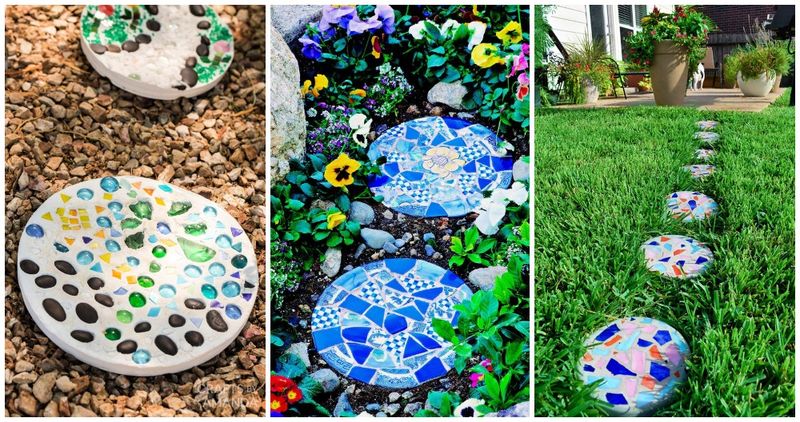
Those colorful pathways winding through gardens transform necessary walkways into personal art galleries. Mosaic stepping stones represent the beautiful possibility of creating wholeness from fragments – broken pieces forming new patterns that are stronger than their original forms.
Many homeowners craft these stones themselves, incorporating meaningful objects like children’s marbles, special shells from vacations, or pieces of inherited china. This creates literal pathways of memory through their outdoor spaces.
The mosaic tradition dates back to ancient Rome and Byzantine churches where elaborate designs told sacred stories. Today’s garden versions continue this storytelling tradition on a personal scale. When someone chooses to create or display these labor-intensive pathways, they’re revealing their patient nature, appreciation for detail, and desire to transform everyday functional elements into opportunities for beauty and meaning.





